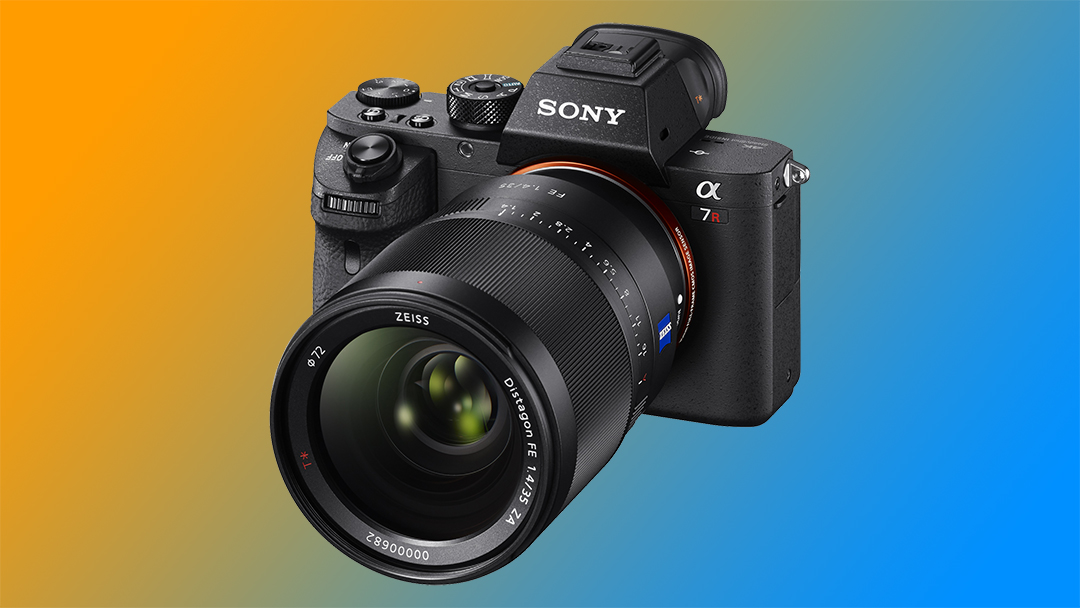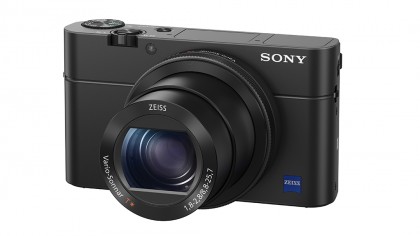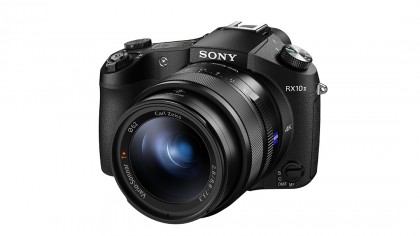
Since the introduction of the Sony A7 Mark II it was inevitable Sony would upgrade the rest of its line with new second generation models and at long last we have the A7R Mark II.
Sporting a similarly beefed up body, the Sony A7R Mark II brings with it a 5-axis image stabilized full-frame CMOS sensor. Sony has also upgraded the megapixel count of the sensor from 36.4 MP on the Sony A7R to 42.4 MP.
Along with being one of the highest fidelity sensors Sony has ever produced, the Japanese electronics-firm has also implemented some backside illumination technology to boost the ISO range to 102,400, which should help shooters to capture images in the dimmest of lighting situations.
With the new sensor in tow, the new Sony A7R Mark II can also record 4K (QFHD 3,840 x 2,160) footage at a maximum of 30p in the XAVC S 4K format.
Harder, better, faster, stronger
Aside from the sensor improvements, Sony promises the A7R Mark II will be much faster compared to its predecessor.
Firstly, the autofocus system has been given a huge boost with 399 phase-detection AF points, which cover about 49% of the frame to make locking focus 40% faster. All Sony A7R users will know AF performance can be slower than molasses and so this speed boost should come as a boon for new users and those looking to upgrade.
Additionally, Sony has upped the data transmission speed from the sensor to by 3.5 times. The original Sony A7R signature thunderclap shutter slap has been dampened significantly. What's more, the Mark II's new shutter also produces 50% less vibration, which ought to make handheld long exposures actually possible with this high-MP camera.
Get daily insight, inspiration and deals in your inbox
Sign up for breaking news, reviews, opinion, top tech deals, and more.
The Sony A7R II full-frame interchangeable lens camera will be available in August for $3,200 (about £2061, AU$4131).

Pocket rocket
Aside from announcing a new megapixel king, Sony also introduced the latest version of its premium compact camera, the RX100 Mark IV.
Like its predecessor this Mark IV version comes with a familiar housing sporting the same 24-70mm (35mm equivalent) f1.8-2.8 lens. However, the sensor is a newer generation 20.1MP 1-inch Exmor RS CMOS chip coupled with a new DRAM chip to speed up processing and boost the burst rate up to 16 fps. The pop-up electronic viewfinder has also been upgraded to a 2.35 million-dot display from the original 1.44 million dots with the Sony RX100 Mark III.
One of the coolest features to come to the RX100 Mark IV is the ability to record 4K footage in camera, though this Ultra-HD video recording capability is limited to a max of five minutes. The Sony RX100 IV can also record 40x super slow motion video at 960 fps, 480 fps and 240 fps.
Last but not least, the new Sony RX100 Mark IV is outfitted with a high-speed anti-distortion shutter that supports up to a maximum shutter speed of 1/32,000 second – clutch when trying to shoot with the aperture in the lens wide open on a sunny day.
The new Sony Cyber-shot RX100 IV compact will be $1,000 (about £644, AU$1,293).

Sony RX10 Mark II
In its final camera announcement, Sony has also brought forth a new RX10 Mark II bridge camera.
The new camera offers a 1-inch type stacked 20MP CMOS sensor that can shoot 4K videos up to 29 minutes long. Once again this is thanks to the improved readout speed provided by the newly installed DRAM chip.
Other new features include a new 2.35 million dot XGA OLED viewfinder, 14 fps continuous shooting speed, 40x super slow motion video mode and anti-distortion shutter supporting 1/32,000 second exposures.
Otherwise your looking at a very similar Sony RX10 body design while the lens is still a Zeiss-branded 24-200mm equivalent f2.8 glass element. Later this July, the and Sony Cyber-shot RX10 II will also be available for $1,300 (about £837, AU$1,679).
- What's the best mirrorless camera on the market?
Kevin Lee was a former computing reporter at TechRadar. Kevin is now the SEO Updates Editor at IGN based in New York. He handles all of the best of tech buying guides while also dipping his hand in the entertainment and games evergreen content. Kevin has over eight years of experience in the tech and games publications with previous bylines at Polygon, PC World, and more. Outside of work, Kevin is major movie buff of cult and bad films. He also regularly plays flight & space sim and racing games. IRL he's a fan of archery, axe throwing, and board games.
